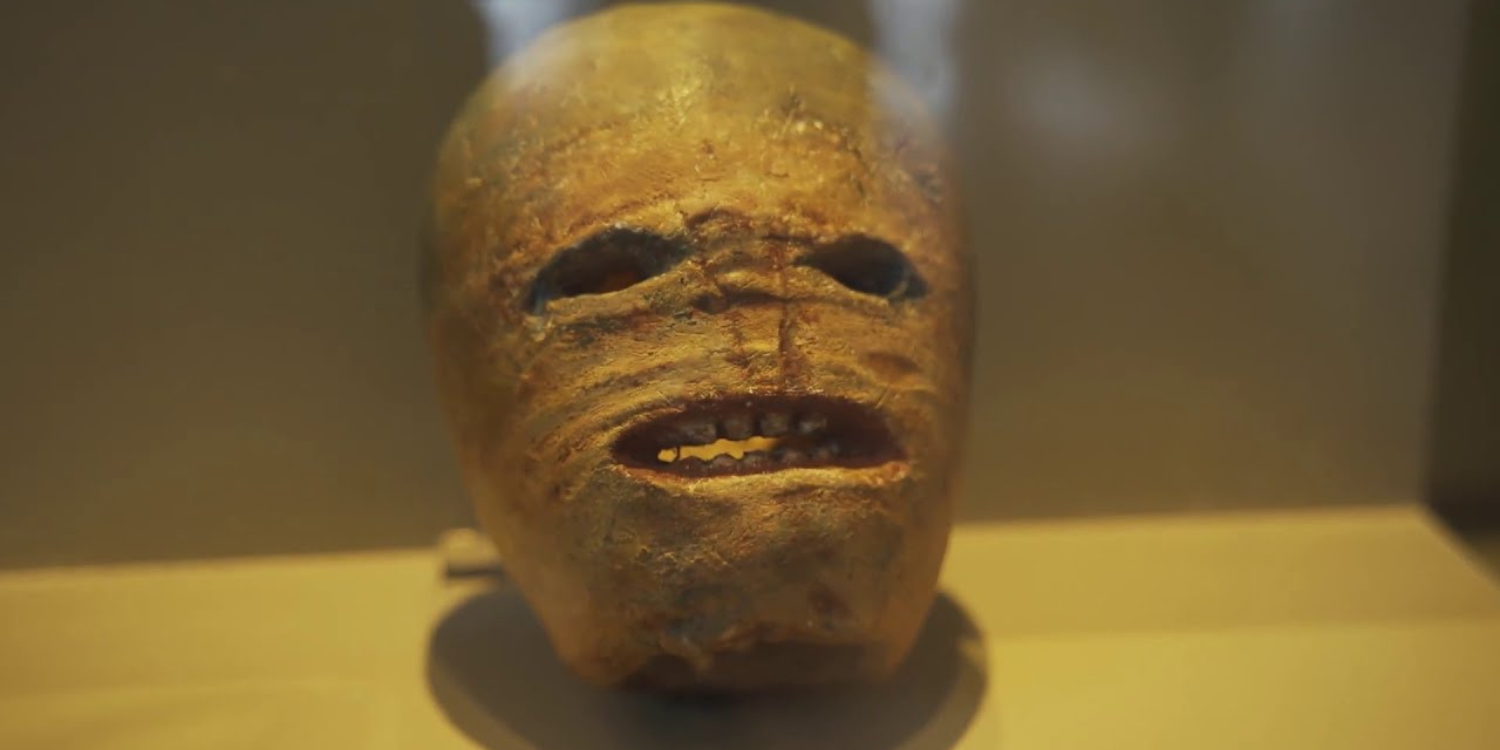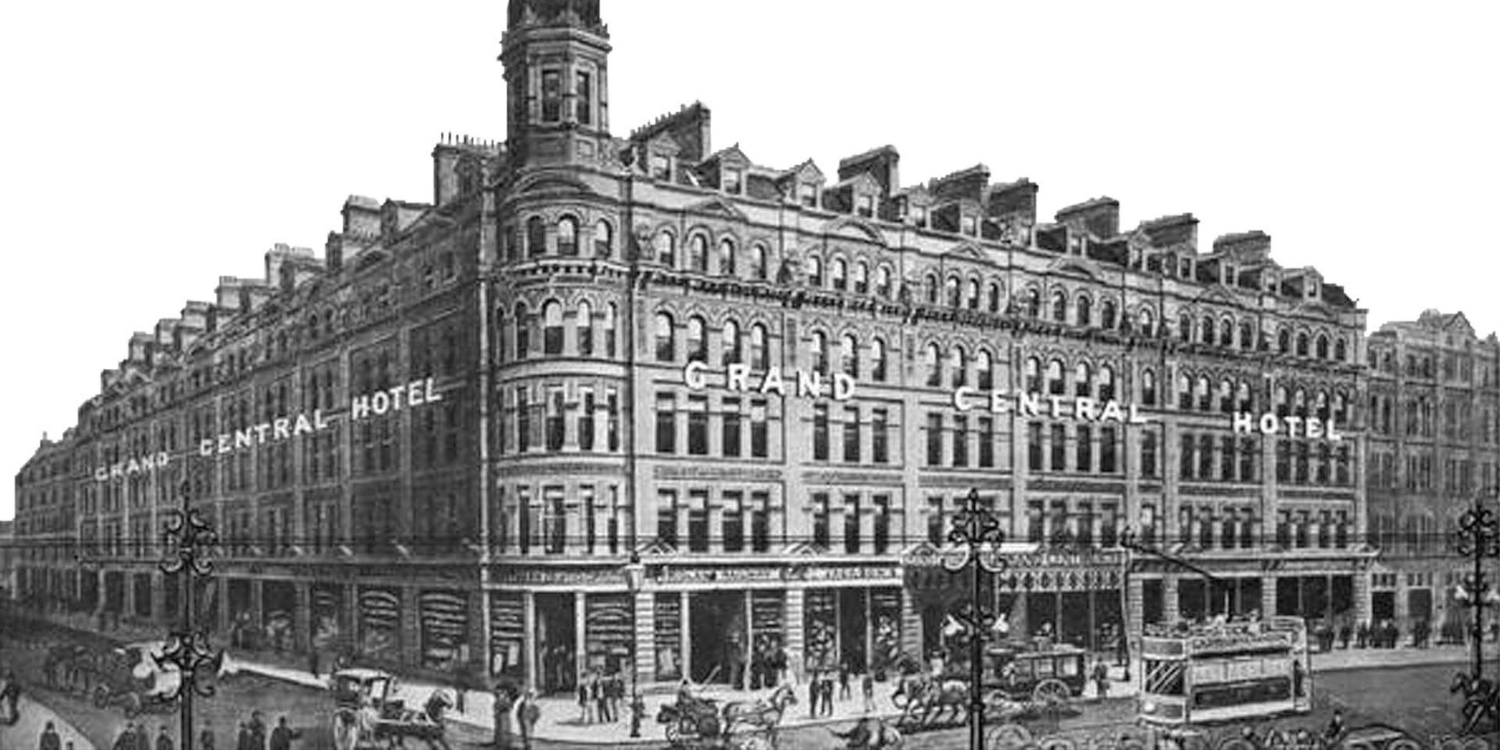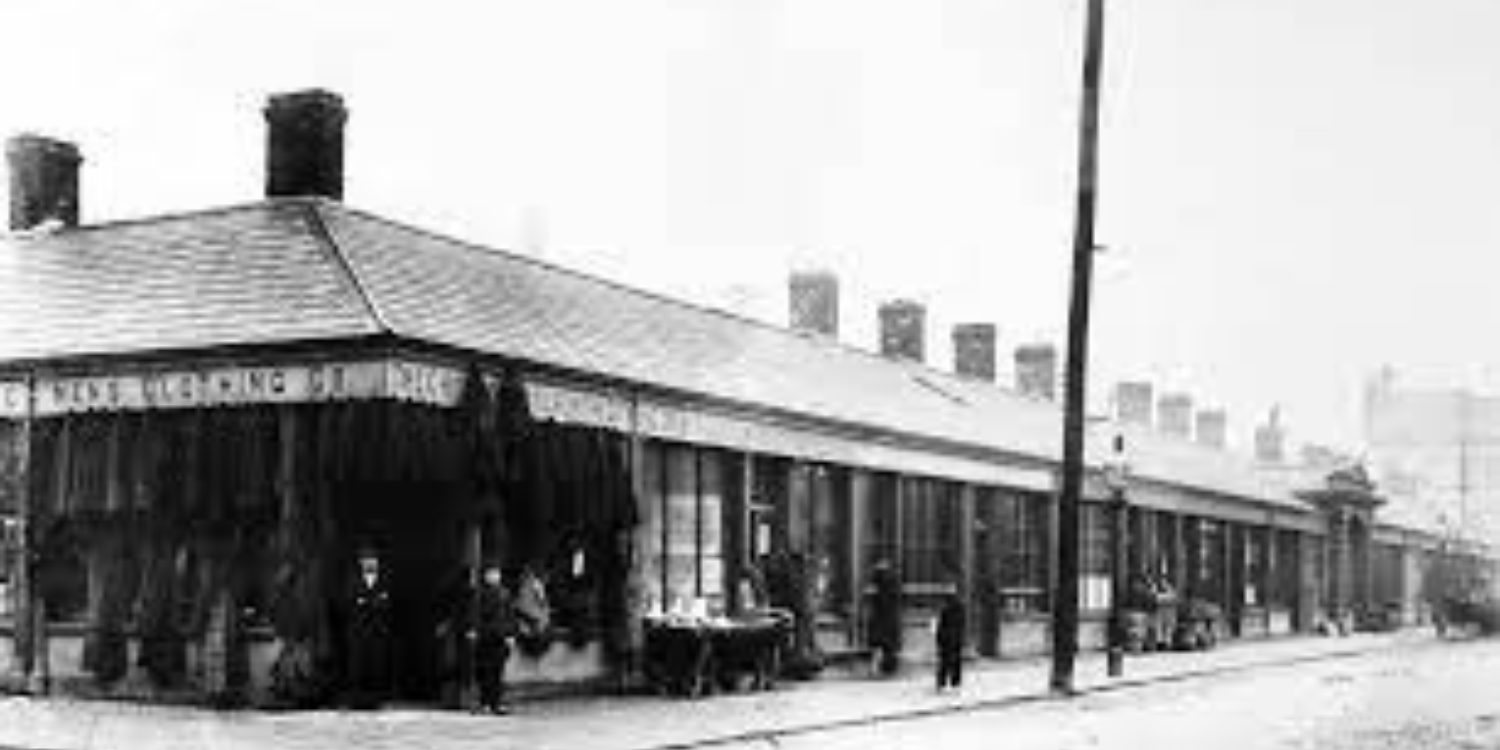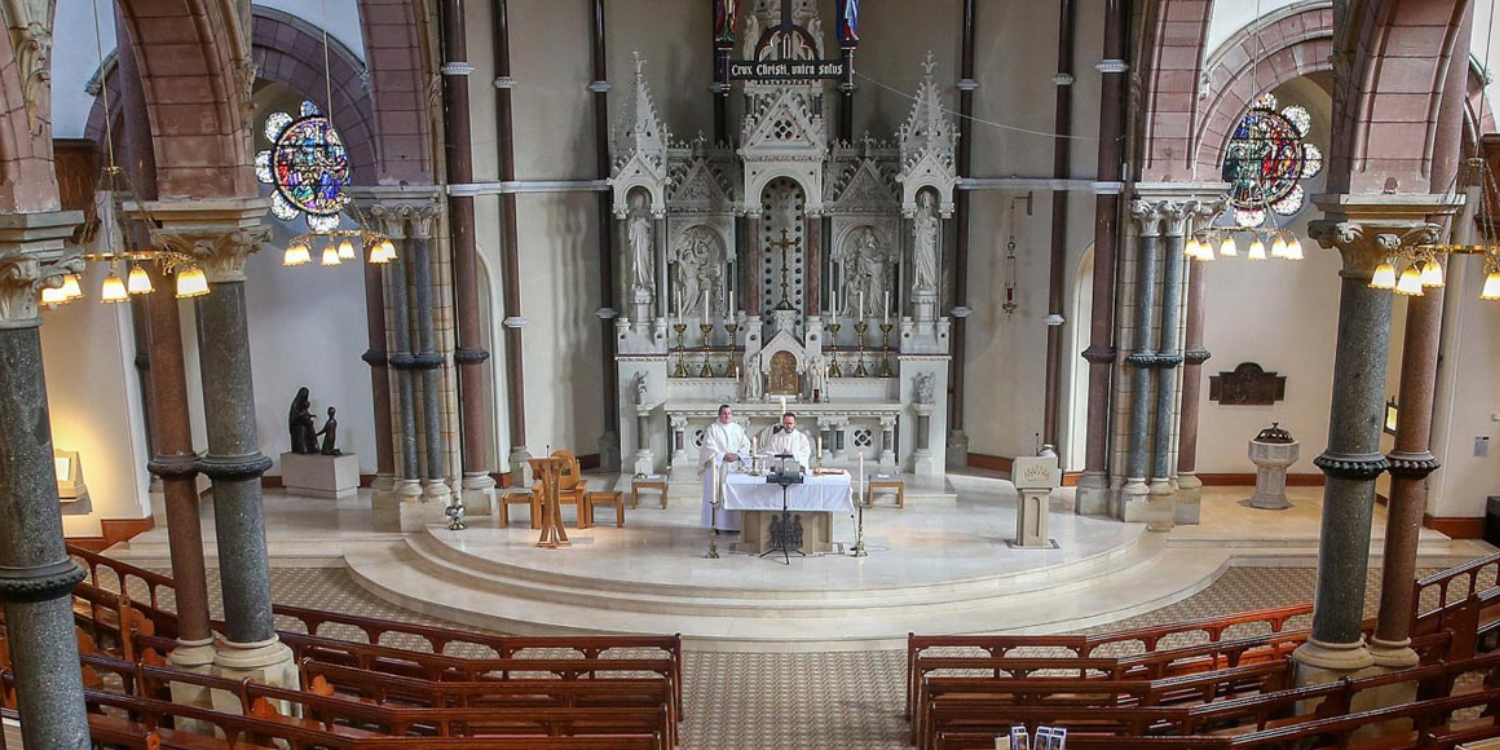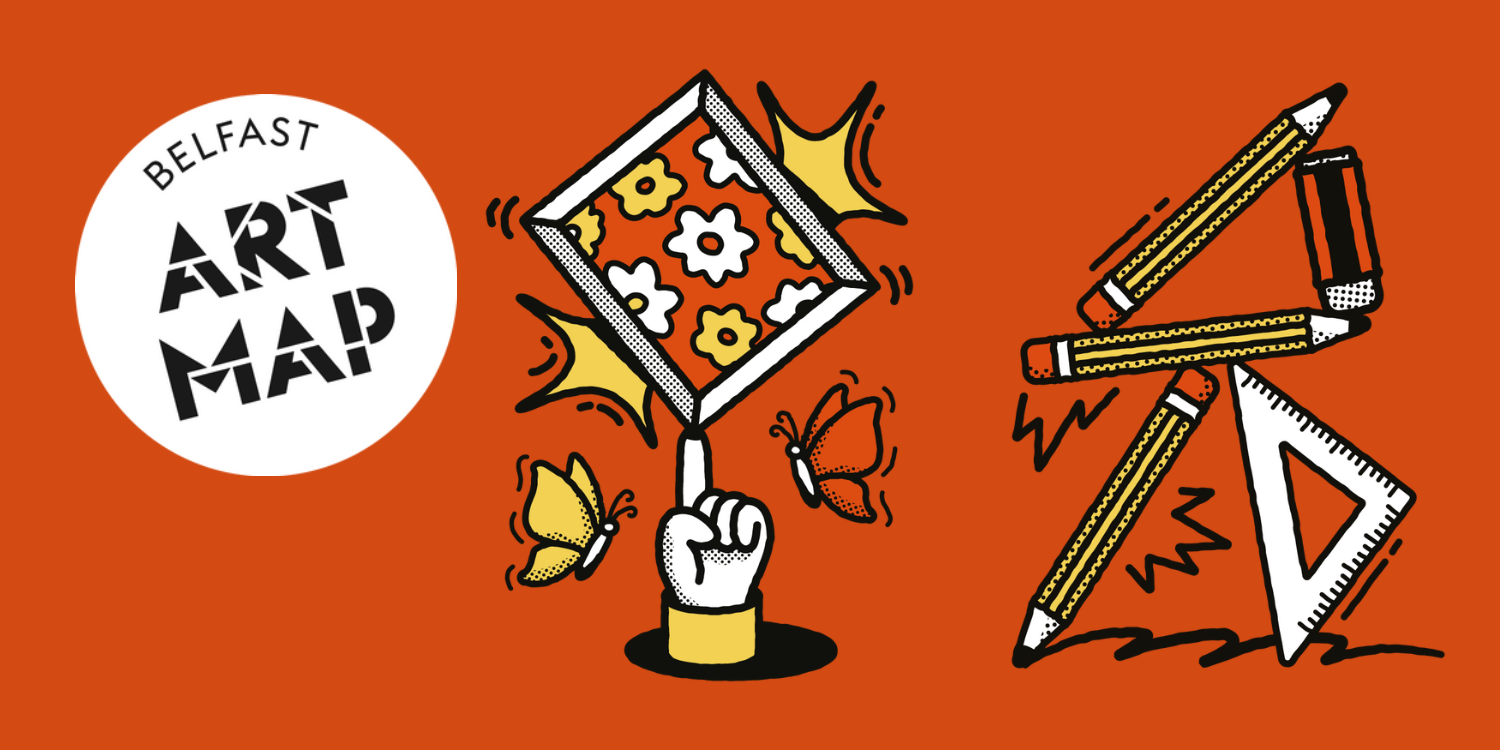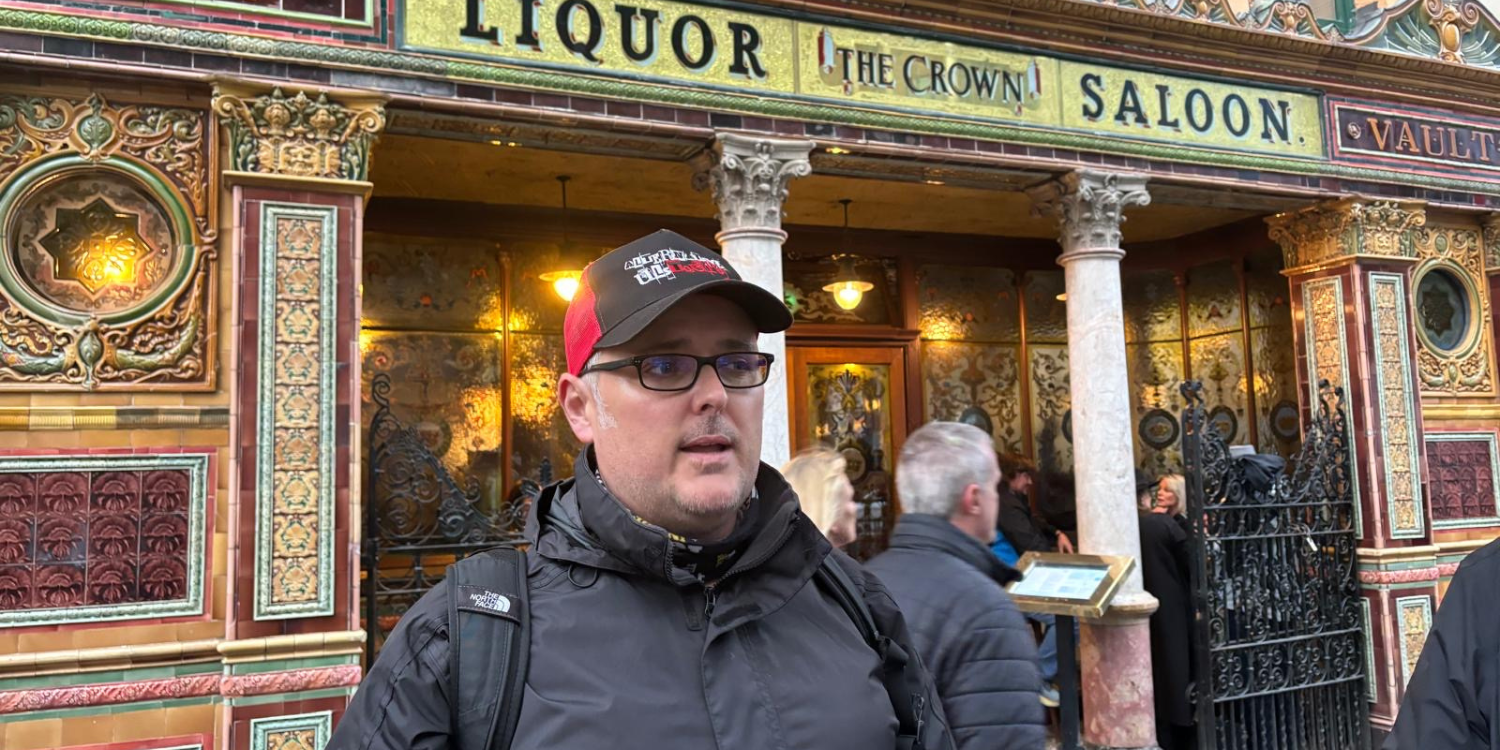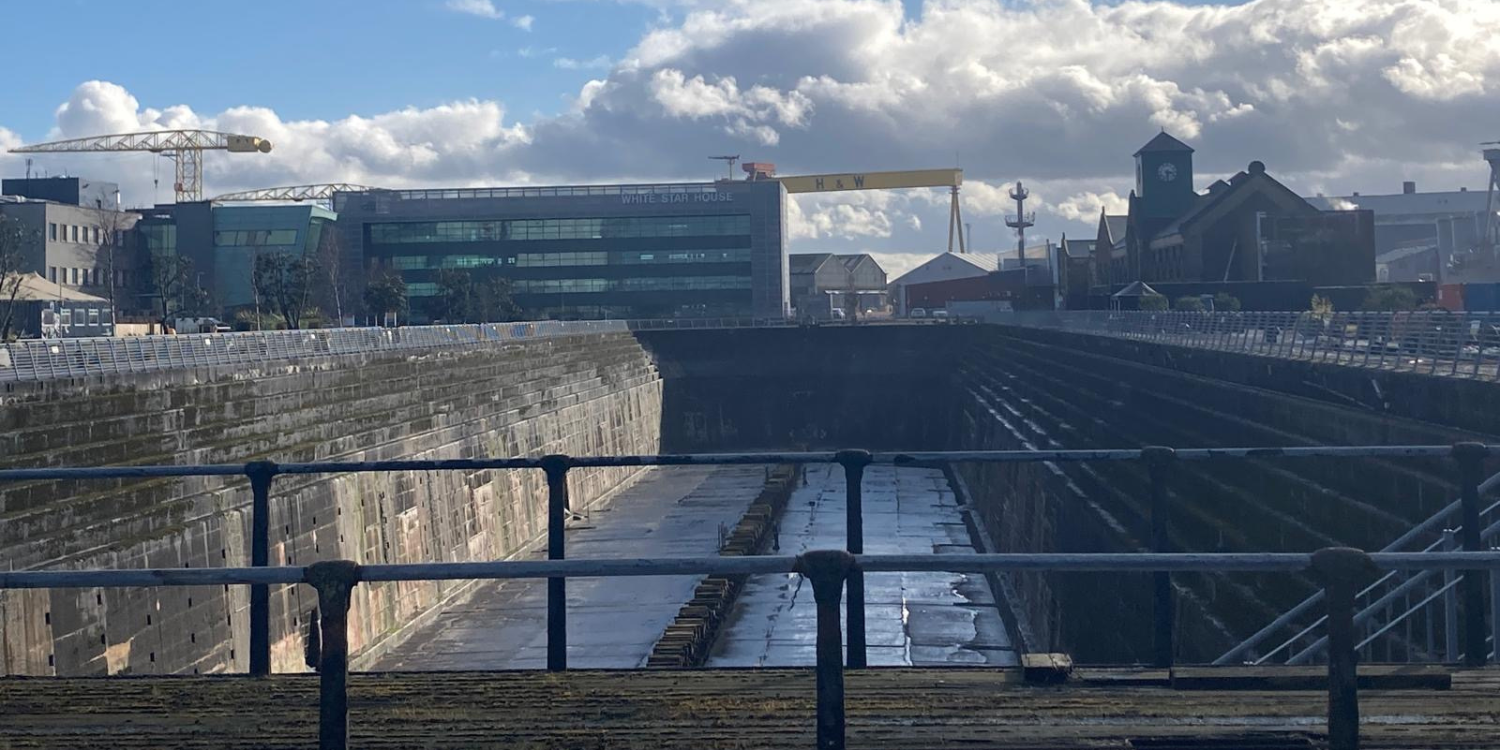Growing up in Belfast in the Seventies, Halloween will be forever associated with memories of stabbing yourself in the hand while attempting to carve out a raw turnip into a lantern, the smell of candles burning into said turnips, and costumes based on bin bags and sweaty plastic false faces. Oh, and indoor fireworks. We weren’t allowed the real ones, for obvious reasons.
When we discovered (via Sesame Street and other US TV shows) that American kids had lovely soft pumpkins to carve and got delicious sounding candy bars in their bags rather than a handful of Refreshers and a couple of oranges, we were jealous, I’m telling you! We hadn’t tasted American chocolate, obviously, so we didn’t realise we weren’t missing anything special.
These days you will occasionally hear the English media being a bit snooty about Halloween, labelling it an American import. In fact, the tradition was originally exported to the States by the Irish.
You see Halloween has Celtic origins, being synonymous with the pagan festival of Samhain (pronounced SAH-win), marking the end of the harvest season and the beginning of the darker half of the year, longer and colder nights and for many, a portent of death. It was a time when cattle were brought in for the winter, livestock were slaughtered and bonfires were lit to fend off evil spirits.
It was also said to be a time when the boundary between this physical world and the spirit or ‘otherworld’ was blurred or at it’s thinnest and so the souls of the dead could come back for a visit, so they would take many measures to protect themselves from unwanted spirit attention.
The tradition of wearing costumes at Halloween has both European and Celtic roots. In ancient times, Winter was an uncertain and frightening season when food supplies often ran low. For many people who feared the dark, the short days of Winter were filled with constant worry.
People would wear masks when they left their homes during the night hours. In this way, they would avoid being recognized by the ghosts and be mistaken merely for fellow spirits. During Samhain, Celtic villagers would don costumes to represent the souls of the dead and dance out of town, in the hope of leading the dead along with them.
They would light bonfires and make noise in order to frighten the spirits away and they would also carve faces in turnips and light them to recreate a spooky spirit presence in their home. The Irish emigrants to America brought these traditions with them but could not find turnips, so used pumpkins instead.
Here’s an excellent video from the National Museum of Ireland showing a terrifying turnip lantern from Donegal!
We don’t do ghost tours at DC Tours – though if you do want to go on one, I highly recommend Andrew Johnston’s excellent Alternative Ulstours. But here are a few haunted spots in Belfast that you might want to check out yourself for Halloween!
The Corporation Gas Office haunting
The building which is now the Golden Thread Art Gallery was originally the site of the Belfast Corporation Gas Office.
During the early years of the twentieth century, a number of strange occurrences took place on the upper floors especially.
Staff would often open up the offices in the morning only to find that numerous items had been moved, mostly heavy furniture but sometimes it was everything in the room!
There were those who believed that the activity was centred around someone who had died as a result of gas poisoning, but if this was the case then there would be no doubt that it would be difficult to pin it down as an average of 130 people per year were killed in gas accidents.
‘Scottie Shoe’ at Grand Central Hotel
The Grand Central Hotel stood on the site now occupied by the Castle Court shopping centre at Royal Avenue. It was reputedly haunted by one of its original gas fitters, nicknamed ’Scottie Shoe’.
During the first world war, the hotel was requisitioned by the British army. On the night of May 26, 1914, it was the turn of William Jenkins, the garrison’s commanding officer, to patrol the building. A short time later the men were alarmed by the sounds of Jenkins screaming in the upper floors, and discovered him lying at the foot of the stairs, nervous and was shaking.
Back at his quarters, Jenkins told them he had been confronted by the figure of a man moving towards him. Seconds later he knew that what he was seeing was a ghost as the figures lower legs disappeared into the floor.
Scottie Shoe was a gas fitter who died on site and took to haunting the corridors and terrorising the soldiers. After the war the building went back to being a hotel, but the hauntings persisted.
In the 1980s the Grand Central was demolished to clear the site for the construction of the present Castle Court. Around this time a story was told about two ‘lead liberators’ who had got into the site to make off with copper and lead. While on the second floor of the building looking for piping in the gas supply stores to steal one of the thieves saw a ghost dragging himself towards them, the same section which ‘Scottie Shoe’ was said to haunt.
Biddy, the ghost of Smithfield Market, Belfast
Biddy Farrelly, otherwise known as the ghost of Smithfield Market, is said to haunt the area around Gresham Street, directly behind Castle Court Shopping Centre.
Rumour has it that Biddy was an ex-lover of Luke White, a successful businessman who owned a bookstall in the market.
After he moved to Dublin to find fame and fortune, Biddy pined for her former flame, turning to drink to help her forget her woes.
When Luke died, he is said to have left £250 to his old girlfriend which Biddy promptly used to drink herself to death, believing she would join her true love in Heaven.
Unfortunately for Biddy, it didn’t work out as planned and her ghost still walks around the market, searching for her first, and only, love….
The Haunting Of Lucifer’s Match Factory
On Friday 15th December 1882 a lad named Mullan was working in the drying area when he accidentally stood on something which caused a small spark. The spark itself landed in among the drying racks and almost immediately the whole room was engulfed in flames. The workers then rushed out shouting ‘fire, fire, to alert the rest of the staff. Unfortunately four children were trapped in a small room off the drying area used for packing matches.
All the workers outside could clearly hear the children screaming and one girl crying for her daddy. She was the daughter of Samuel Johnston, the factory manager who was also outside. He immediately began a number of rescue attempts and on one occasion he was pulled back as he went to run straight through the flames receiving severe burns to his face and hands.
The fire brigade arrived and a few hours later the fire was put out but everyone knew that for the four trapped it was too late.
An inquest was held in nearby Divis Street and its findings were that the victims “came to their deaths through suffocation and the effect of burns; and further, the jury do recommend that the match factory be conducted with greater care and caution in the future.”
When the factory was rebuilt and work commenced once again (with the word ’Lucifer’ dropped from the factory name), nearby residents were awakened by piercing screams and cries of fear late into the night, which appeared to be coming from the factory.
Sometimes people also heard the words ‘daddy, daddy’ through the screams. One of those listening had heard the original girl’s screams and was certain it was the same voice as the young girl who died.
The screaming sounds were reported for a few years afterwards until the factory was demolished in the early 1900s.
It seems that when the factory disappeared the screaming ghosts disappeared with it.
St Patrick’s Chapel
St Patrick’s in Donegall Street was reputedly haunted by the ghost of a priest who died in the middle of the mass. The ghost would appear upon the altar and asked if anyone would help him finish mass but, understandably, most people legged it out of there pretty quickly when he put in an appearance!
However, one brave soul decided to help the lost soul out and helped the priest’s ghost finish mass. Apparently, once the mass was complete, the ghost of the priest had a very contented look upon his face and disappeared, never to be seen again.
Old John Street (Royal Avenue)
John Street was the section of Royal Avenue between Donegall Street to North Street. On it was a row of old cottages, one of which was derelict and boarded up for a number of years because it was supposed to be haunted by the ghost of an elderly woman.
The former occupants were scared out of their home in the 1860s by a ghost who threw pieces of pottery and furniture around the back downstairs room and on one occasion wrecked every item in the yard. One of the family’s children claimed to have seen an old woman walking up and down in the back room talking to herself. The young girl said that the woman then completely disappeared before her eyes. The family fled the house and the owner boarded it up, never to be rented out again.
In May 1882 workmen were laying new pipes and sewers through the street. As they were digging the trenches for pipes, one of them discovered human bones. The police were called and the bones were later found to have been those of an old woman which had laid buried for a number of years. The bones were removed and buried in the Union Graveyard and the hauntings were never heard of again.
Galloper Thompson
Gordon Augustus Thompson was an eccentric character who travelled around the world. After 12 years in Asia, Australia and the Americas he returned to live in a house in Upper Donegall Street, and he also owned an estate at Jennymount in North Belfast.
Gordon was a member of Belfast Town Council in 1850s, but later he returned to Australia, dying inMelbourne in 1886 at the age of 87.
Before he died, he told his friends that if he did not find a place in heaven then he would return and haunt Jennymount. After his death a number of people reported seeing the ghostly apparition of a man riding a horse at breakneck speed along old Jennymount Avenue, just as Gordon Thompson used to do.
Some said the rider had no head, others said that neither the rider no indeed the horse had a head. Sometimes the ghost was said to go to the stables of a nearby house and take a horse out for a ride. He would then return the horse and the next day the owners would be totally mystified as to how their horse got so dirty.
The story was often used by parents to scare their children to come in early or to go to bed. Many people still remember their mothers and fathers telling them to be in for a certain time or “Galloper Thompson will get you”, and same line was used to get them to go to bed.
There are lots more Belfast ghost stories – if you’re interested, I recommend getting hold of a copy of Haunted Belfast by Joe Baker and Michael Liggett.
Don’t have nightmares!
